(Woody) Ki Fung Chow - bx
Sui Fung Alex Wong - dp
Requirements
Test Scenes
Our ray tracer rendered all the test scenes correctly. The folllowing images are rendered with no sampling
Scene 4 - Ambient
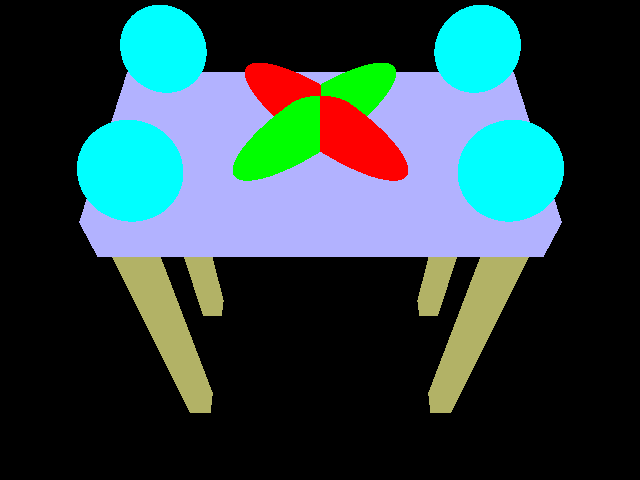
Scene 4 - Diffuse
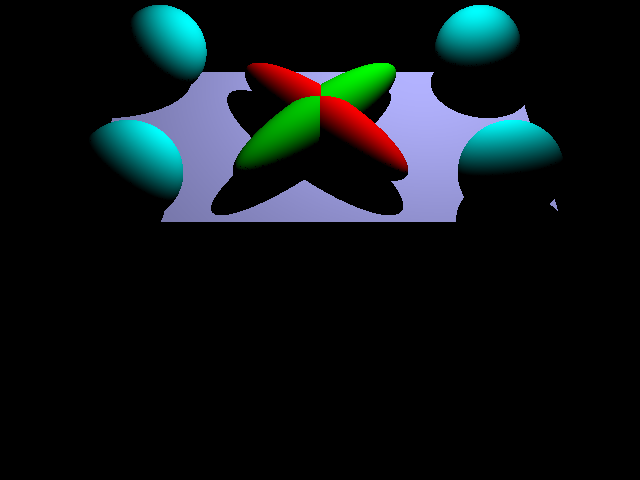
Scene 4 - Emission
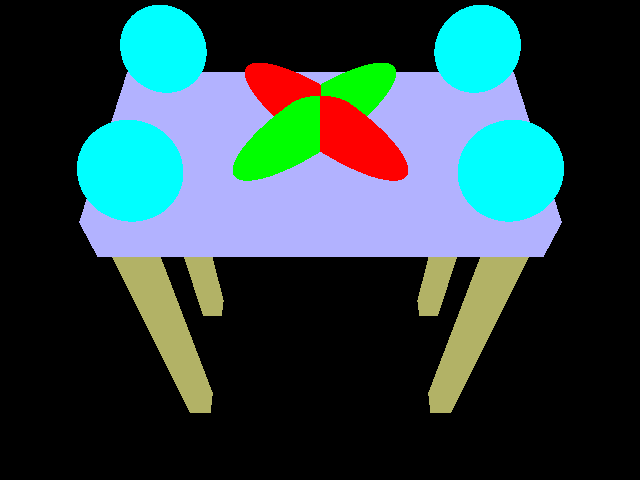
Scene 4 - Specular
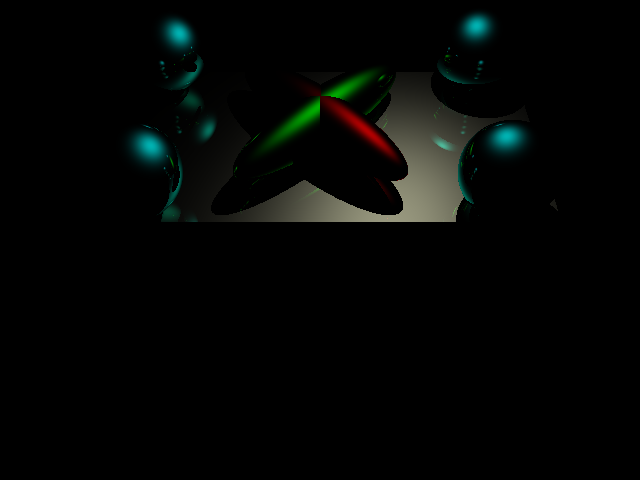
Scene 5
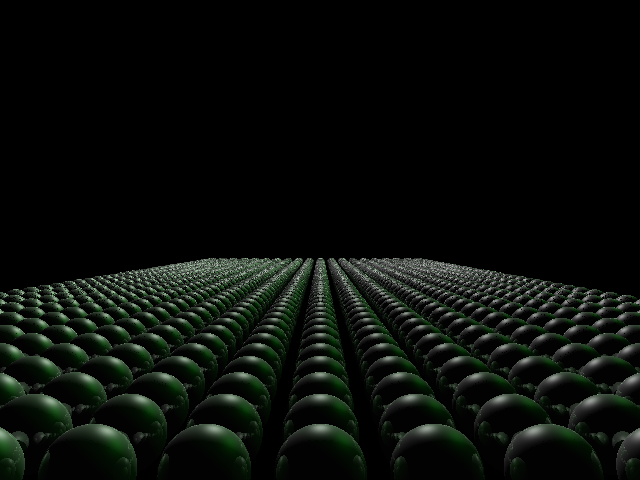
Scene 6

Scene 7
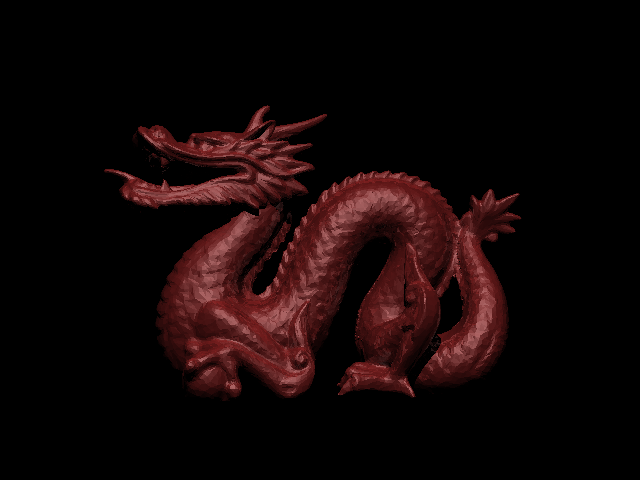
KD Tree Accelerator
Our KD Tree Accelerator uses Surface Area Heuristics to build. It also utilitizes bounding boxes for fast transversal. Here are some rough figures on how the accelerator is performing on a Intel i5 Quad Core Sandy Bridge Processor, with OpenMP optimization.
Scene 5(With KDAccel) - 5sScene 5(Without KDAccel) - 8m51s
Scene 6(With KDAccel) - 25s
Scene 6(Without KDAccel) - 20s
Scene 7(With KDAccel) - 37s
One can easily notice that Scene 6 renders quicker without the acceleration structure. It is because many bounds of the primitives in Scene 6 actually go from the left-end to the right-end of the scene. KD Tree is not the best appropriate acceleration structure for this kind of scene.
Filter
Gaussian Filter
We use the following settings to try to make the image blur:
Stratified Sampler with: half_ds: 6; xSampleCount: 20; ySampleCount: 20; jitter: true
Gaussian Filter with: x-width: 50; y-width: 50; alpha: 0.165
Scene 3
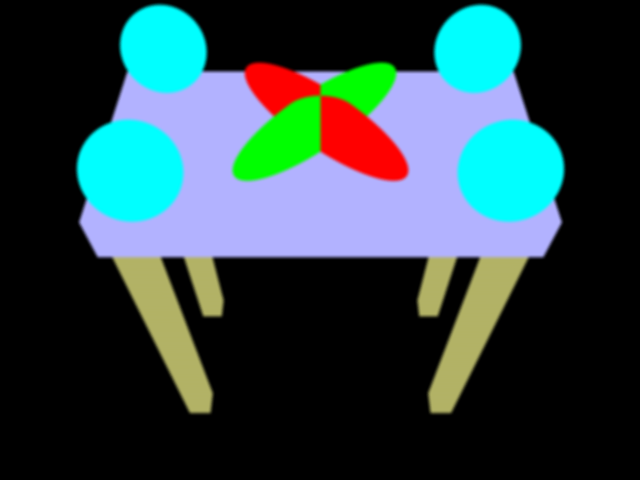
Scene 5
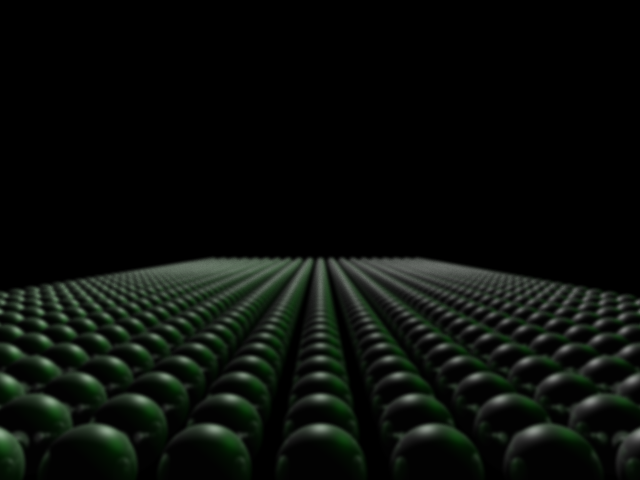
Different Rendering Techniques
Ambient Occlusion
Our ambient occlusion renderer can take an arbitary number of samples from a parameterizable cosine weighted function. One can also specify the bright and the dark color of the renderer. Here are a few images generated by the renderer.
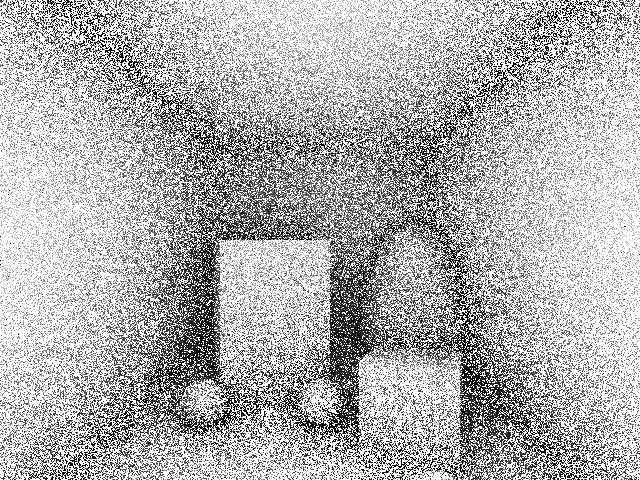
Ambient Occlusion with 1 sample
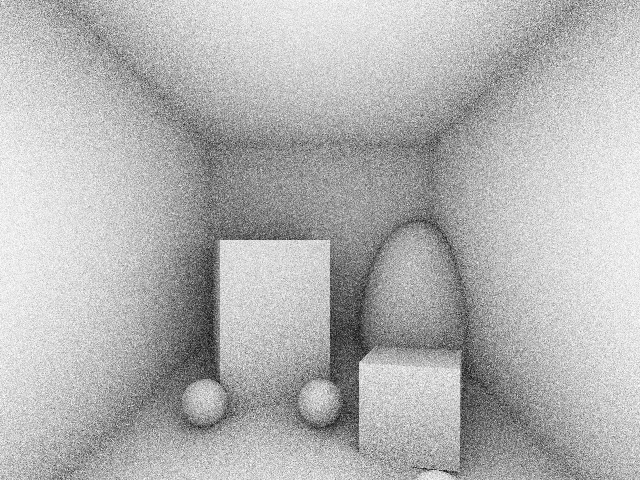
Ambient Occlusion with 16 samples
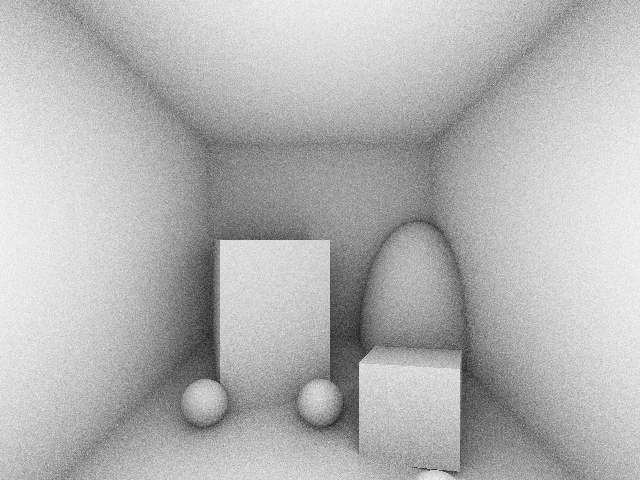
Ambient Occlusion with 64 samples
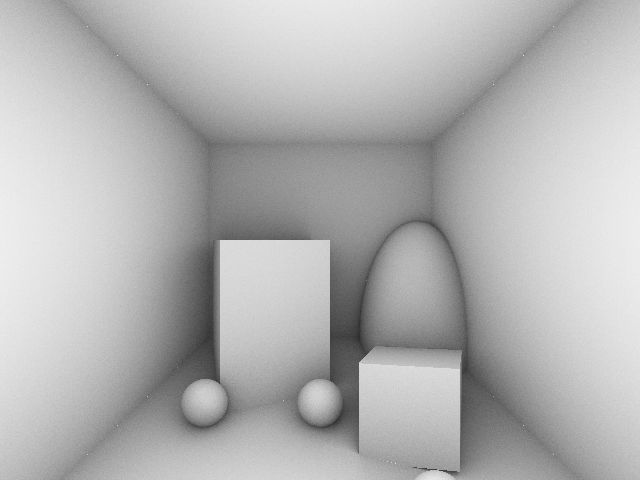
Ambient Occlusion with 256 samples
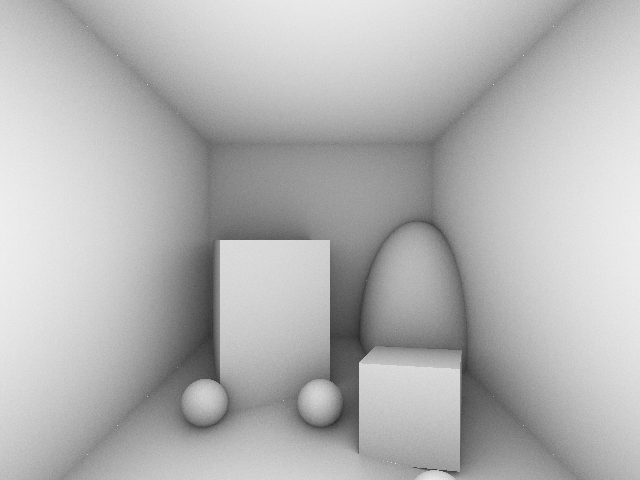
Ambient Occlusion with 1024 samples
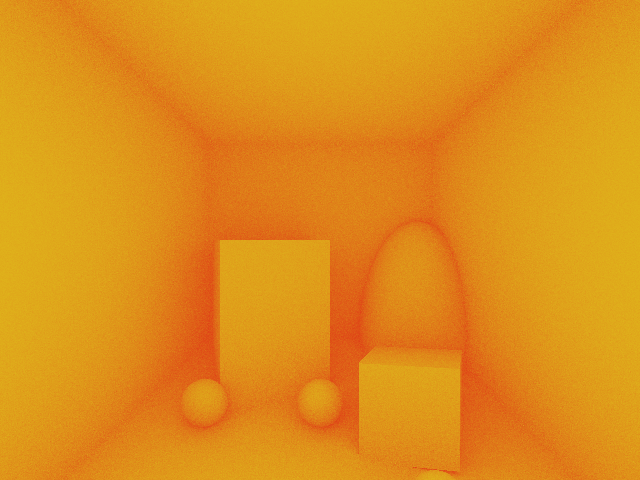
Set bright color to yellow and dark color to red to simulate the object under sunset
References
Professor Ramamoorthi's Lecture SlidesStructures of this ray tracer is roughly adapted and simplified from the PBRT v2
Accelerator Structure:
Wald, On building fast kd-Trees for Ray Tracing, and on doing that in O(N log N)
Williams, An Efficient and Robust Ray-Box Intersection Algorithm